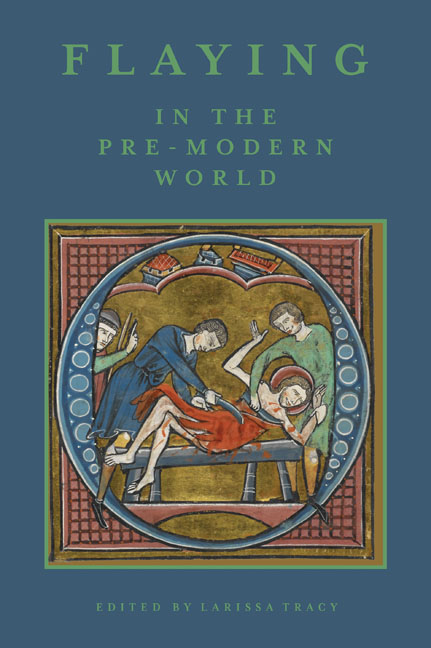14 - ‘Thou shalt have the better cloathe’: Reading Second Skins in Robin Hood and Guy of Gisborne
Published online by Cambridge University Press: 21 May 2021
Summary
ROBIN Hood and Guy of Gisborne is one of the earliest extant Robin Hood ballads. It survives in one mid-seventeenth-century manuscript, though critics typically date the tale itself to either the late fourteenth or the early fifteenth centuries. The ballad is known for what Stephen Knight and Thomas Ohlgren call ‘its speed’, or ‘its capacity to exploit the elisions and emphases of the ballad form’, and, despite its brevity, in only 234 lines (58 stanzas), the ballad contains considerable detail and action. The story includes elements common to the Robin Hood myth: an antagonistic relationship between the outlaw and the Sheriff of Nottingham; a greenwood setting and an emphasis on the natural world; localization of the narrative, in this instance, through references to Yorkshire, Barnsdale and the town of Gisborne; an emphasis on piety, especially Robin's devotion to the Virgin; and a focus on archery, competition and the delivery of justice by Robin and his men. It also includes the common motif of strife and reconciliation in the greenwood, as Robin and Little John quarrel, go their separate ways and then, after a series of individual calamities, reunite in a scene that confirms both their solidarity and Robin's leadership.
Critics repeatedly identify the ballad as one of the most grisly of the outlaw tales. J. C. Holt describes it as a ‘grim yarn’, while R. B. Dobson and John Taylor note that it has an ‘exceptionally violent tone’. Knight similarly comments that the ballad includes ‘stern stuff’, remnants now inaccessible of ‘some sort of ancient ferocity’. Such remarks arise from the number of deaths in the ballad – five in all – as well as from the intense moments of violence connected directly to Robin, especially his decapitation, disfigurement and flaying of the bounty-hunter Guy of Gisborne's body. Indeed, Robin's murder and mutilation of Guy is the apex of the narrative's violence. More importantly, this scene has clear connections to contemporary contexts and to the social and political upheavals of the late medieval period that upset the hierarchy of the feudal system.
The cultural meaning of Robin's violence and his treatment of Guy's body reside in the animal skin the bounty-hunter wears.
- Type
- Chapter
- Information
- Flaying in the Pre-Modern WorldPractice and Representation, pp. 349 - 365Publisher: Boydell & BrewerPrint publication year: 2017

